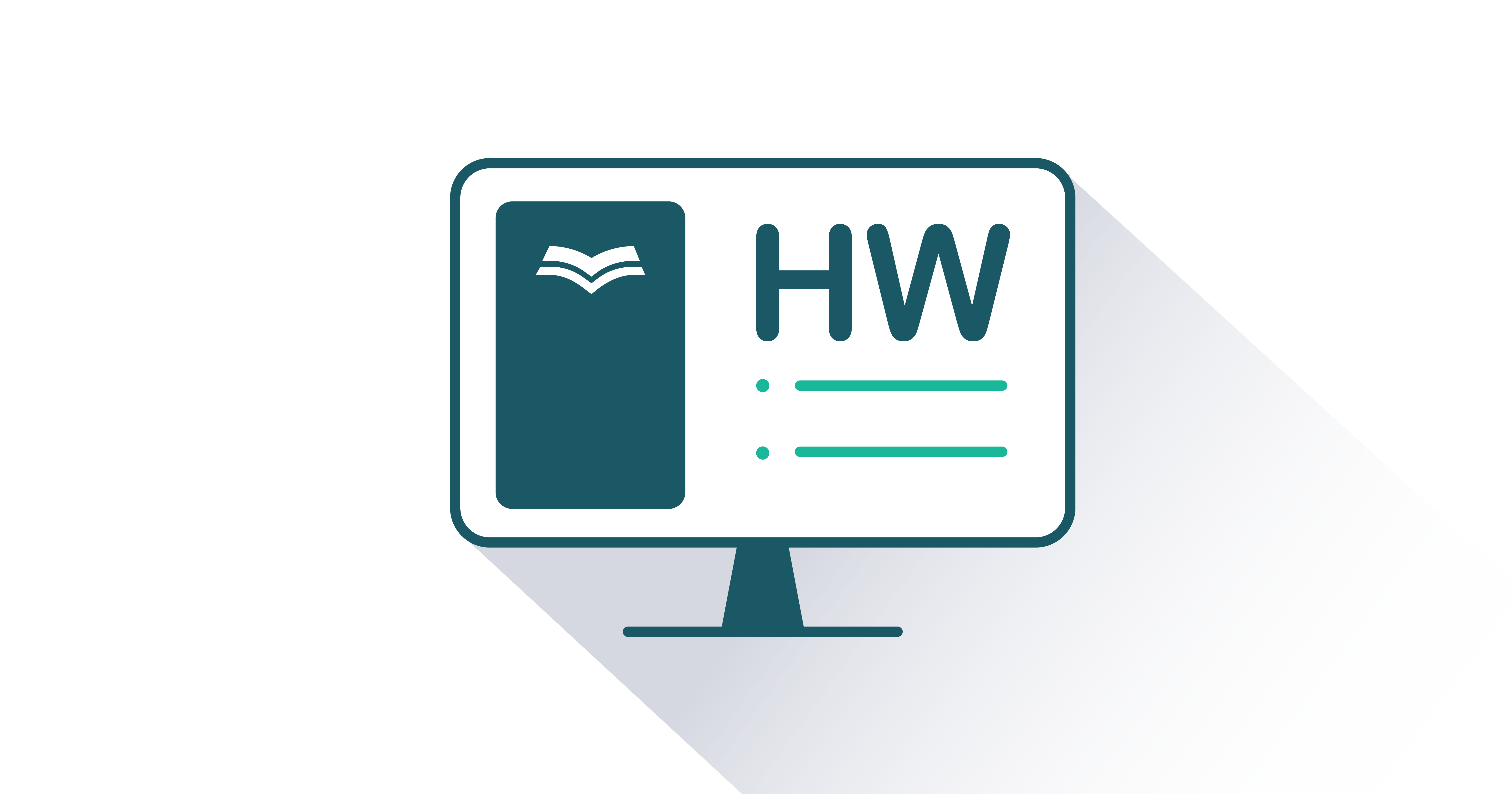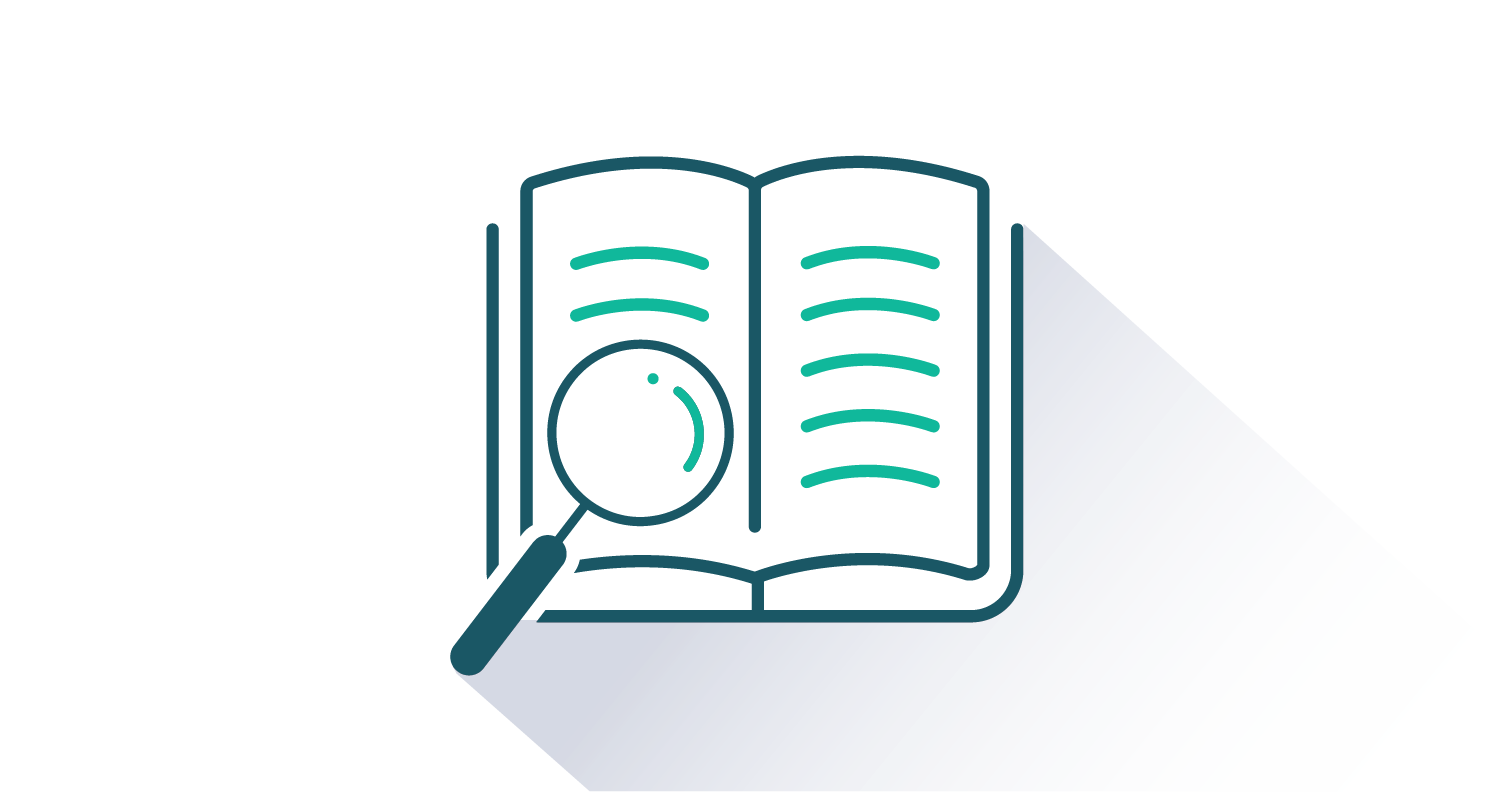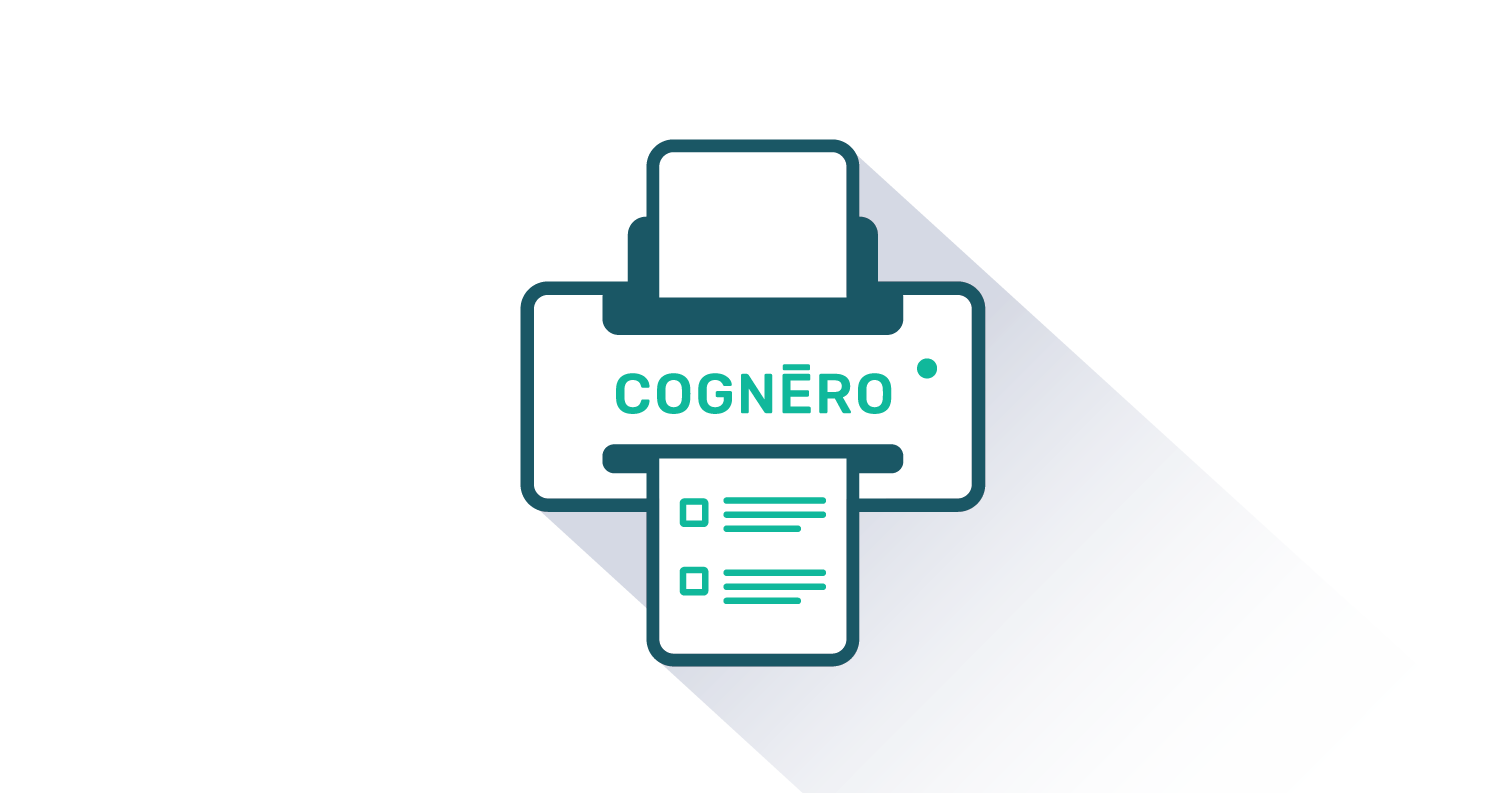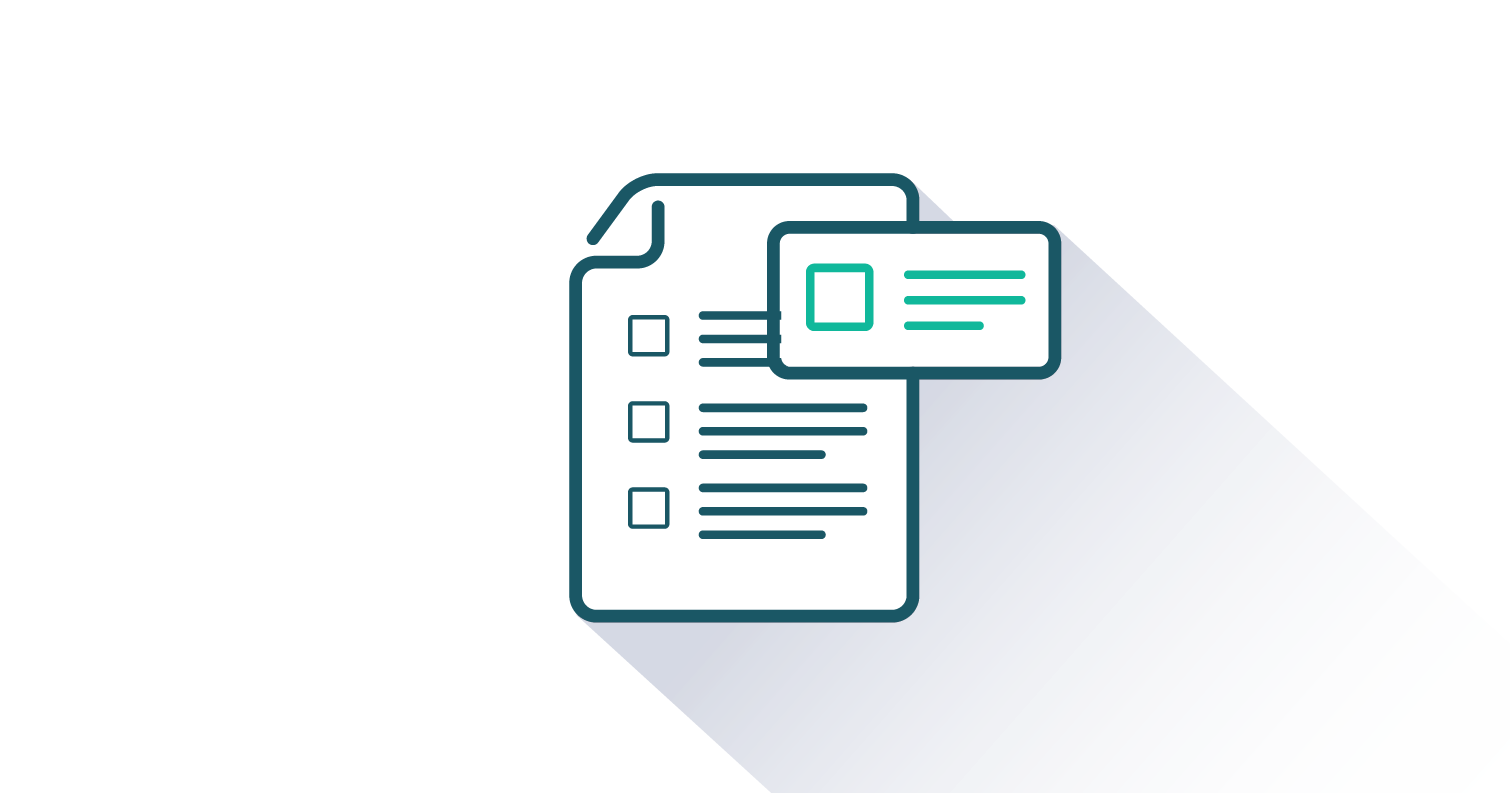This textbook is suitable for the following courses: Introductory Chemistry, Preparatory Chemistry.
Introductory Chemistry is a survey of basic chemistry intended for a one-semester introductory or preparatory chemistry course. Ball begins with a general introduction to the subject before diving into some of the more technical topics. Introductory Chemistry also introduces mathematical problems, either as conversion-factor problems or as formula problems, allowing the text to focus on the logic of the approach and not the tricks or shortcuts.
New in This Version
- Updated throughout.
- Exercises were modified to accommodate for proper significant figures.
- Periodic table has been updated to incorporate the completed seventh period, including IUPAC names and symbols.

FlatWorld Homework
FlatWorld Homework includes multi-format questions written specifically for your FlatWorld book, which you can access through our stand-alone interface or integrate with your learning management system.
Request a demo

Instructor’s Manual
The Instructor Manual guides you through the main concepts of each chapter and important elements such as learning objectives, key terms, and key takeaways. Can include answers to chapter exercises, group activity suggestions, and discussion questions.

PowerPoint Lecture Notes
A PowerPoint presentation highlighting key learning objectives and the main concepts for each chapter are available for you to use in your classroom. You can either cut and paste sections or use the presentation as a whole.

Test Generator - powered by Cognero
FlatWorld has partnered with Cognero, a leading online assessment system, that allows you to create printable tests from FlatWorld provided content.

Test Bank Files for Import to Learning Management Systems
For your convenience, we've packaged our test items for easy import into Learning Management Systems like Blackboard, Brightspace/D2L, Canvas, Moodle, or Respondus.

Test Item File
Need assistance in supplementing your quizzes and tests? Our test-item files (in Word format) contain many multiple-choice, fill-in-the-blank, and short-answer questions.
At FlatWorld, we take pride in providing a range of high-quality supplements alongside our titles, to help instructors teach effectively. Supplements are available for instructors who have registered their adoption with us. If you need to review or preview something specific, please contact us.
Already registered? Sign in here

